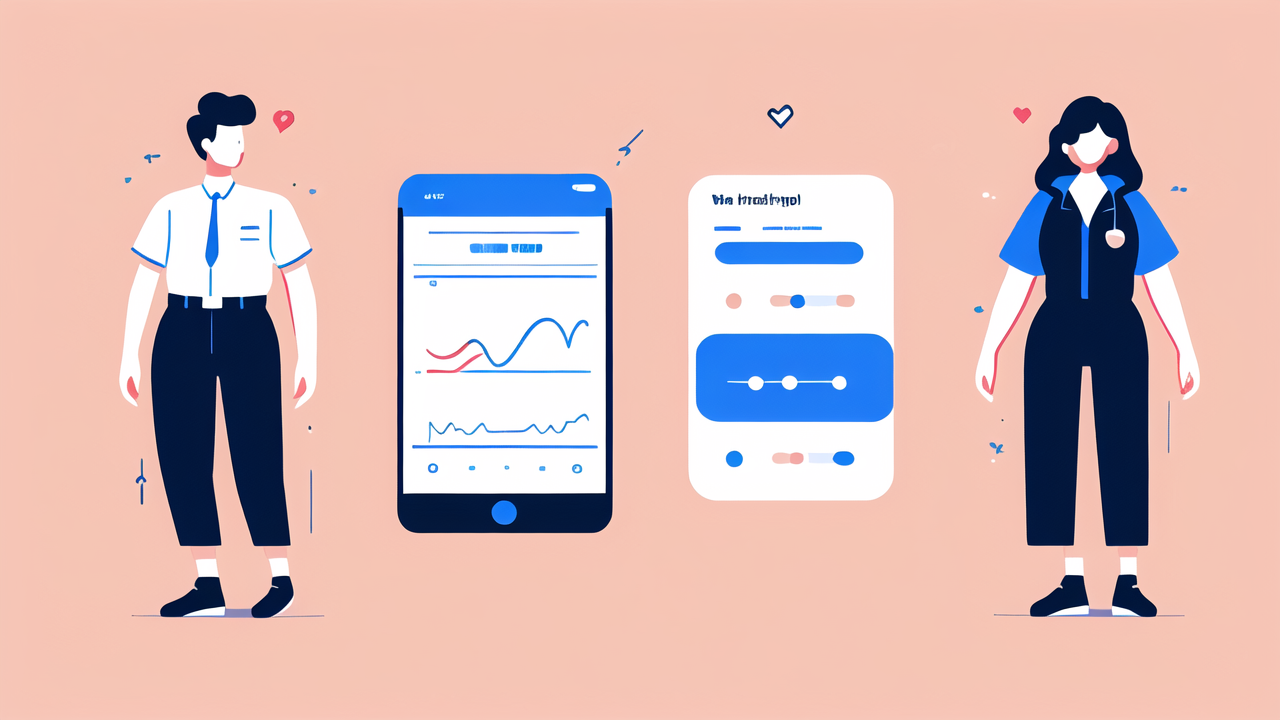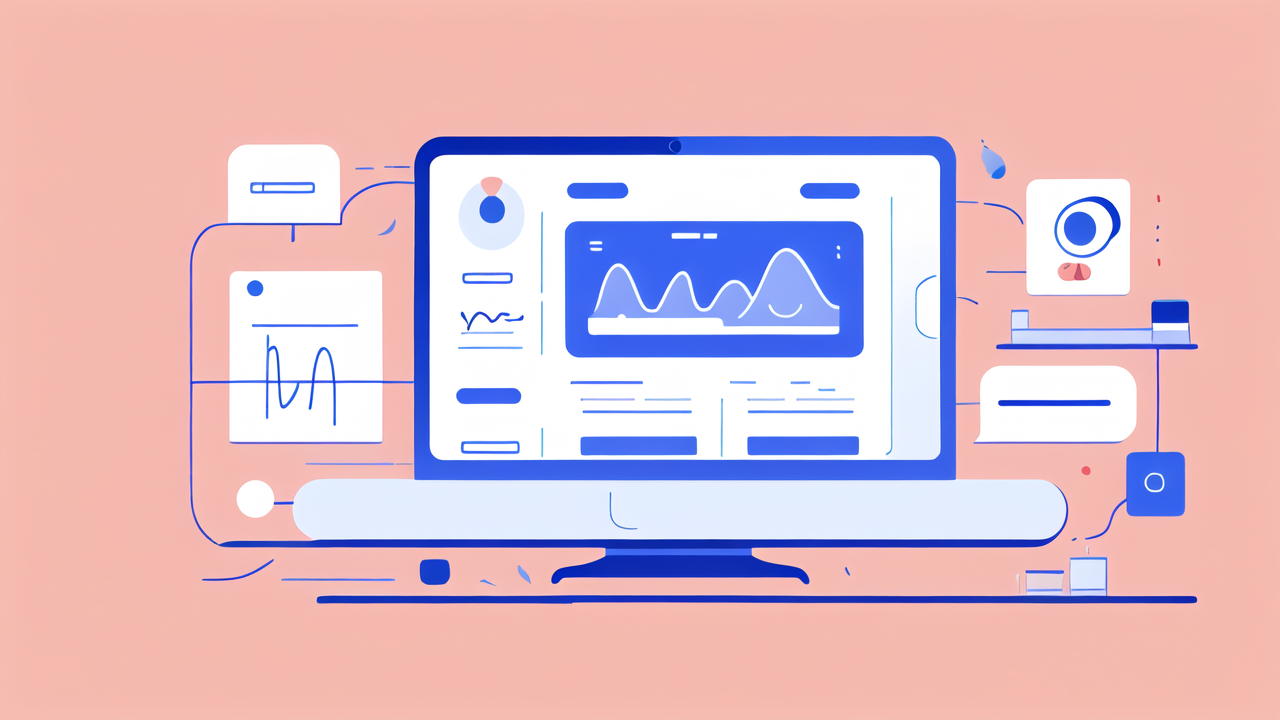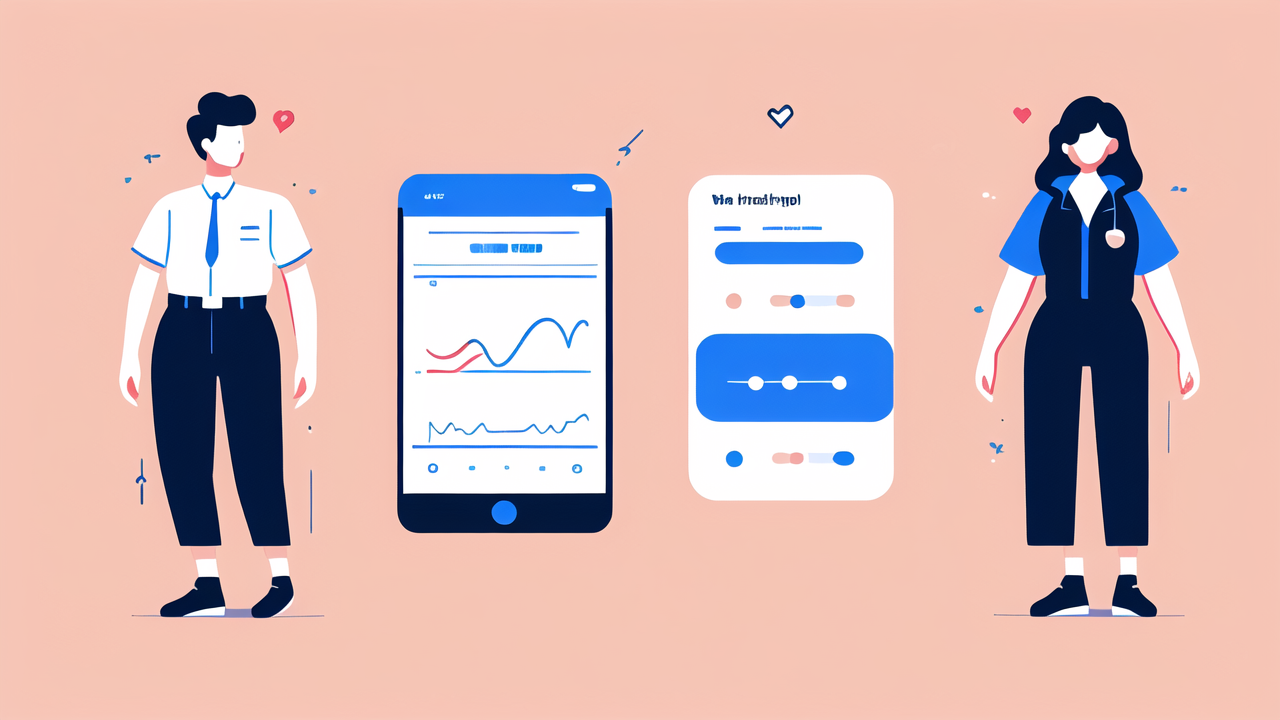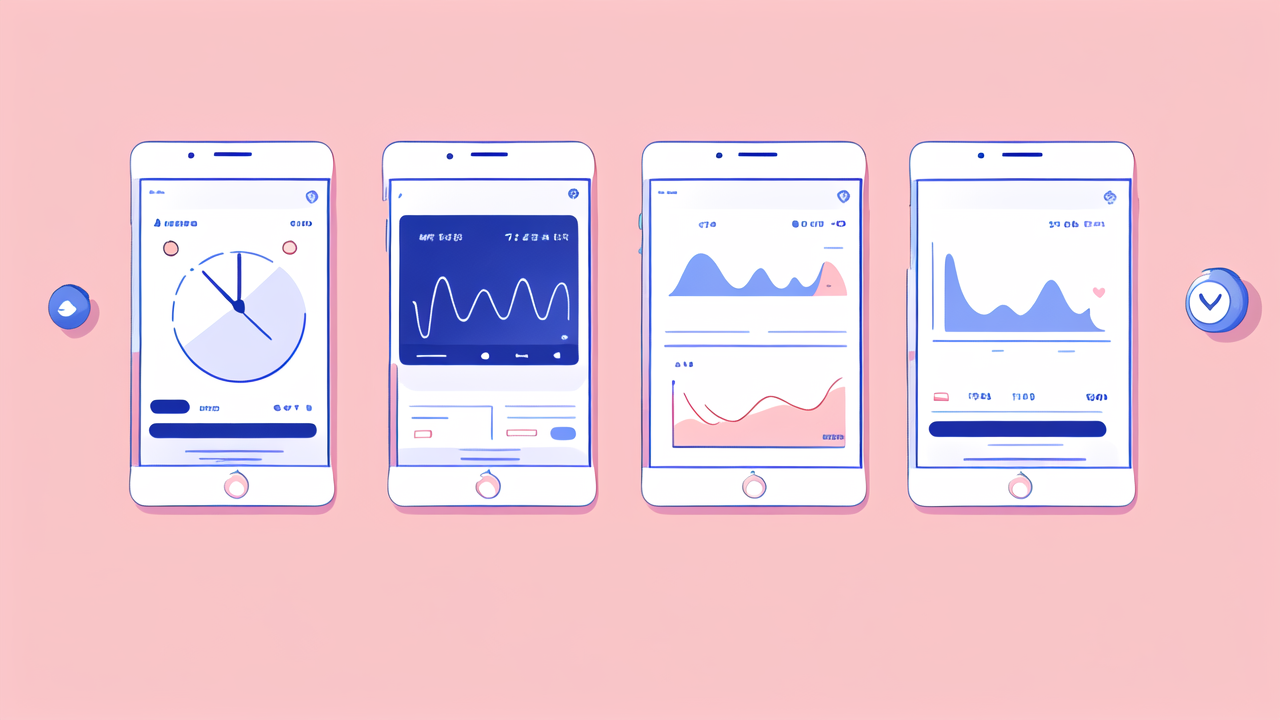The Evolution of Smart Watch Technology in Health Care
The Advent of Wearable Fitness Trackers
Smart watches have come a long way since their inception. They started as simple step counters. Now, they're powerful health tools. The first fitness trackers were basic. They mostly counted steps and estimated calories burned.

As tech improved, so did their features. Heart rate monitors were added. Sleep tracking became possible. These devices got smarter and more accurate. They began to appeal to health-conscious consumers.
The real game-changer was when they started connecting to smartphones. This allowed for data storage and analysis. Users could now track their progress over time. They could set goals and get motivation to achieve them.
From Consumer Devices to Health Care Tools
Smart watches soon caught the attention of healthcare professionals. They saw the potential for patient care. These devices could provide constant health data. This was a big step for preventive care.
Doctors started recommending them to patients. They were useful for monitoring chronic conditions. Heart patients could track their heart rate. Diabetics could monitor their activity levels.
Research institutions began studying their effectiveness. Clinical trials used smart watches to collect data. This helped validate their use in medical settings. It also drove further improvements in accuracy and features.
Integration with Health Systems and Data Analytics
The next big leap was integration with health systems. Smart watches began to sync with electronic health records. This allowed doctors to access patient data in real-time. It made remote monitoring possible.
Data analytics played a crucial role. Large amounts of data could now be analyzed. This led to new insights into health trends. It helped identify risk factors for diseases. Predictive models were developed to forecast health issues.
Privacy concerns were addressed with better security measures. HIPAA compliance became a priority for manufacturers. This made healthcare providers more comfortable using the technology.
Key Features of Leading Smart Watches for Health Professionals
Advanced Sensor Capabilities
Modern smart watches are packed with sensors. They can measure more than just steps and heart rate. Many now include:

- ECG monitors for heart rhythm analysis
- Blood oxygen sensors
- Temperature sensors
- Stress level indicators
These sensors are becoming more accurate. They can detect irregularities that might need medical attention. Some can even alert users to potential heart problems or falls.
The data from these sensors is valuable for health professionals. It provides a more complete picture of a patient's health. This helps in making better diagnoses and treatment plans.
Connectivity and Compatibility with Health Apps
Connectivity is key for smart watches in healthcare. They need to work seamlessly with other systems. Most smart watches now offer:
- Bluetooth connectivity
- Wi-Fi capabilities
- Cellular connectivity in some models
This allows for real-time data transmission. Health apps can access this data instantly. Many watches are compatible with popular health platforms. These include Apple Health, Google Fit, and others.
Custom apps for specific health conditions are also emerging. These can help manage chronic diseases more effectively. They often provide tailored advice and reminders.
Battery Life and User Acceptance for Long-Term Monitoring
For health monitoring, battery life is crucial. Patients need devices that last. Many smart watches now offer:
- Multi-day battery life
- Power-saving modes
- Fast charging options
This ensures continuous monitoring without frequent interruptions. It's especially important for tracking conditions like sleep apnea or heart arrhythmias.
User acceptance has improved with better design. Watches are now more comfortable to wear. They're also more stylish, encouraging daily use. This is vital for gathering consistent health data.
Easy-to-use interfaces have also boosted acceptance. Even older patients can now navigate these devices. This has expanded their use in managing age-related health issues.
The Impact of Smart Watches on Preventive Health Strategies in the United States
Enhancing Patient Engagement and Self-Care
Smart watches are changing how people think about health. They're making users more aware of their daily habits. This awareness often leads to better choices. People are more likely to:

- Increase their physical activity
- Monitor their diet more closely
- Pay attention to their sleep patterns
These devices provide immediate feedback. Users can see the impact of their choices in real-time. This instant gratification can be motivating. It helps maintain healthy habits over time.
Smart watches also remind users to stay active. They prompt people to stand up or take a walk. These small nudges can have a big impact on overall health. They're especially useful in combating sedentary lifestyles.
Role in Population Health Management
On a larger scale, smart watches are valuable for population health. They provide vast amounts of data. This data helps health organizations:
- Identify health trends in communities
- Target preventive care efforts more effectively
- Allocate resources where they're most needed
Insurance companies are taking notice too. Some offer incentives for using smart watches. This encourages healthier lifestyles. It can lead to lower healthcare costs overall.
Public health officials use this data to shape policies. They can see which interventions are working. This helps in creating more effective health programs.
Future Prospects: Trends to Watch in Health-Focused Smart Wearables
The future of smart watches in healthcare looks promising. We can expect to see:
- More advanced health sensors
- Better integration with medical devices
- Improved AI for health predictions
Mental health monitoring is an emerging trend. Watches may soon detect stress and anxiety more accurately. This could revolutionize mental health care.
Personalized medicine is another exciting prospect. Smart watches could help tailor treatments to individual needs. They might adjust medication reminders based on activity levels or stress.
As technology improves, these devices will become even more vital. They'll play a bigger role in early disease detection. This could lead to better outcomes and lower healthcare costs.
In conclusion, smart watches are transforming preventive care. They're empowering patients and providing valuable data to healthcare providers. As they continue to evolve, their impact on health strategies will only grow.




Leave a comment
This site is protected by hCaptcha and the hCaptcha Privacy Policy and Terms of Service apply.